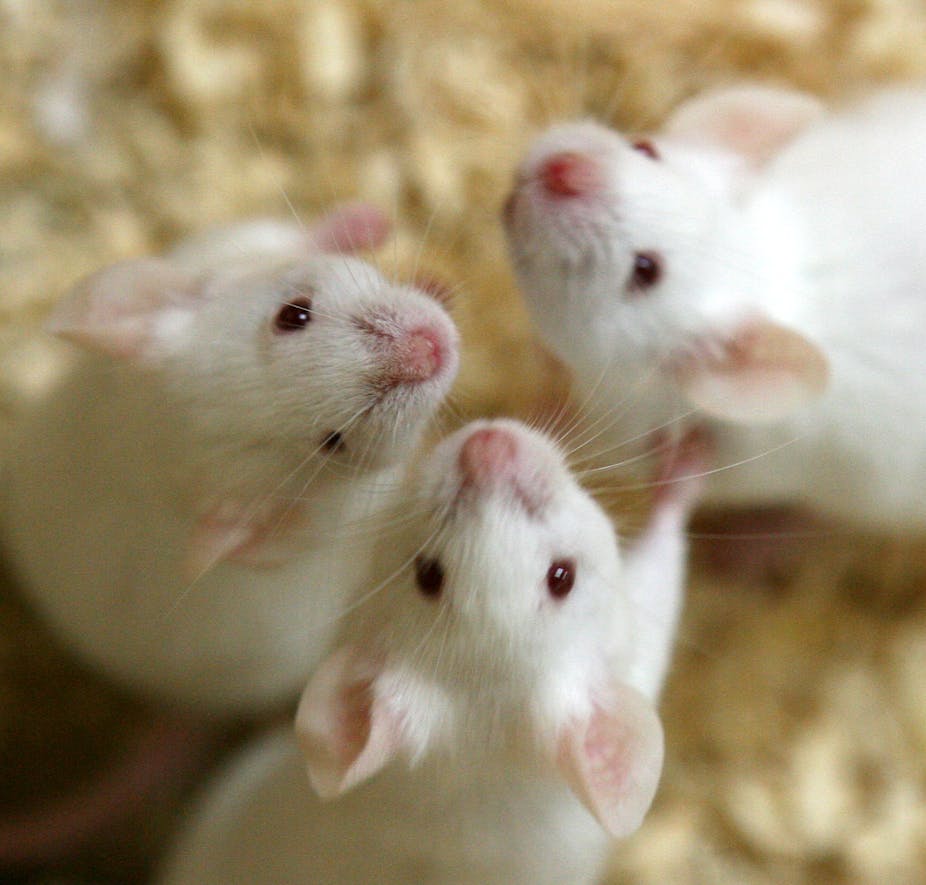Scientists say they have found a way to activate the brain cells that trigger particular memories, according to research published today in the journal Science.
Researchers at MIT employed optogenetics, a branch of science that uses light to stimulate molecules, to show that memories reside in specific brain cells, and that activating a tiny fraction of brain cells can revive the entire memory.
The study was performed on mice, but the researchers say it is a powerful demonstration that memories are tangible and are physically stored in a particular part of the brain.
“We demonstrate that behaviour based on high-level cognition, such as the expression of a specific memory, can be generated in a mammal by highly specific physical activation of a specific small subpopulation of brain cells, in this case by light,” said Susumu Tonegawa, the Picower Professor of Biology and Neuroscience at MIT and lead author of the study.
In the early 1900s, the Canadian neurosurgeon Wilder Penfield found that when he electrically stimulated certain neurons in the hippocampus area of the brain, his patients vividly recalled whole events. Until now, however, scientists have been unable to prove that the direct reactivation of the hippocampus was enough to cause memory recall.
In this study, the researchers identified a set of brain cells in the hippocampus that were active only when a mouse was learning about a new environment. They determined which genes were activated in those cells, and coupled them with a light-activated protein used in optogenetics.
Then they put the mice in a chamber and gave them a foot shock. The next time they put the mice into the same chamber, the animals recalled the shock and adopted a defensive stance.
Later, when the mice were in a completely different environment, researchers flashed pulses of light at the neurons involved in the fear memory. The light pulses reactivated the neurons, causing the mice to quickly enter a defensive, immobile crouch, indicating they were recalling the shock.
The research team said there were about 20,000 neurons involved in this kind of memory.
“Our results show that memories really do reside in very specific brain cells,” said co-author Xu Liu, “and simply by reactivating these cells by physical means, such as light, an entire memory can be recalled.”
Professor Tonegawa said that the 17th-century French philosopher Rene Descartes “didn’t believe the mind can be studied as a natural science. He was wrong. This experimental method is the ultimate way of demonstrating that mind, like memory recall, is based on changes in matter.”
Charles Stevens, a professor in the Molecular Neurobiology Laboratory at the Salk Institute, said: “This remarkable work exhibits the power of combining the latest technologies to attack one of neurobiology’s central problems.
"Showing that the reactivation of those nerve cells that were active during learning can reproduce the learned behavior is surely a milestone.”

